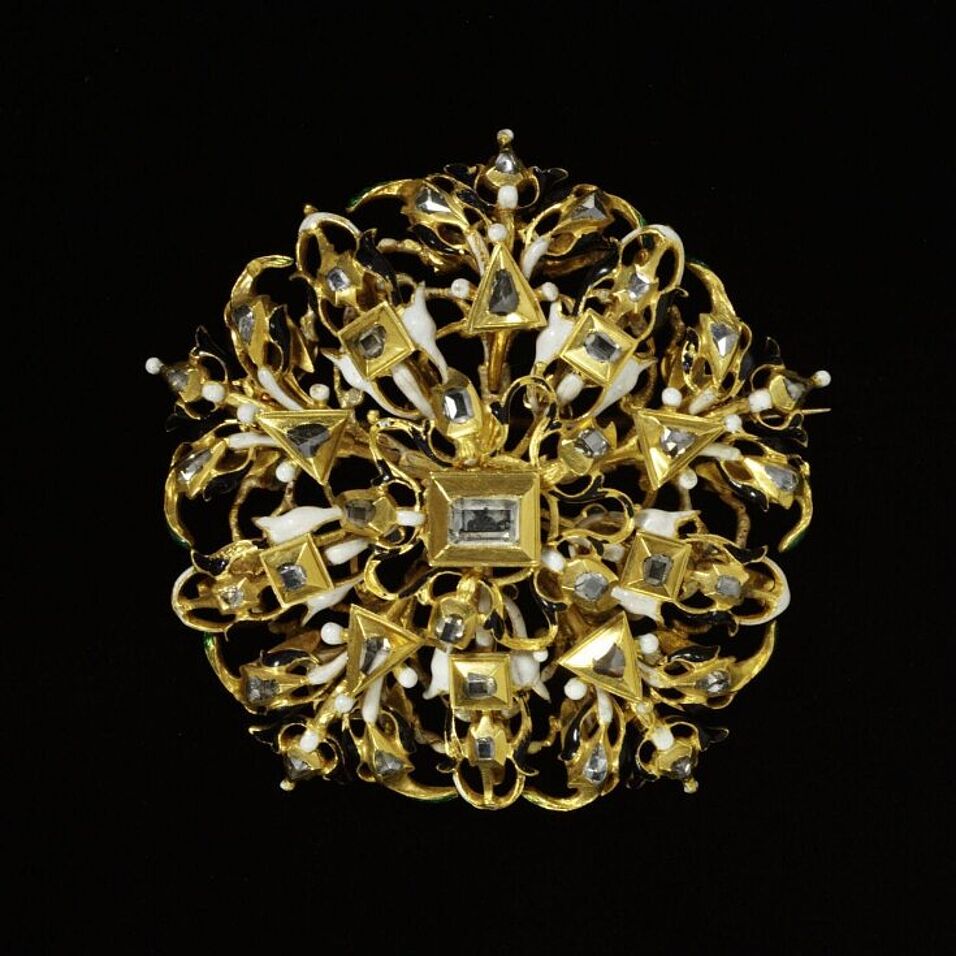Gems travel widely, but they are also tied to places. From “turquoise” to “Oriental ruby” to “water sapphire,” the names of gems reflect their associations with particular sites, nations, regions, or geographical features, whether real or imagined. As a result, the science of gems is a science of place. It is an attempt to make sense of places, whether by defining them, judging them, mapping them, or exploring and exploiting them. This is an historical process, with gems gaining and losing spatial associations over time. How do these associations change? What role has science played in these changes? And how are these changes related to the global movement of goods, people and ideas that are as much a part of the history of gems as particular locales are? Three speakers will address these questions with respect to a range of examples, from diamonds in early modern Indonesia, to malachite in the Russian empire, and pearling across the Indian Ocean under British imperial control.
Please email claire.sabel@univie.ac.at if you are interested in joining the virtual session.
Find more information about the Congress [here].

